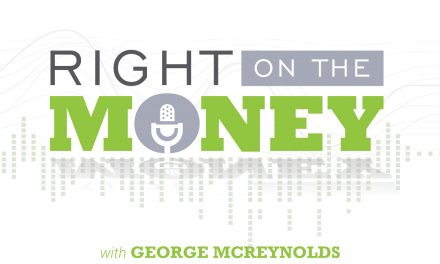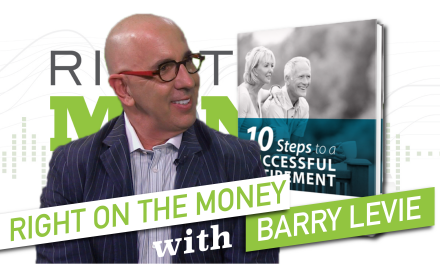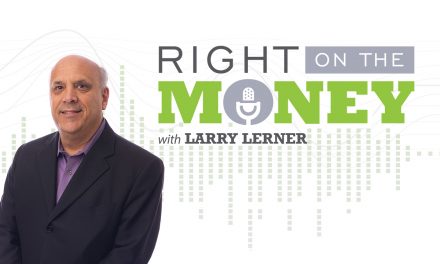The Power of Your Purchasing Dollar Devalued
There’s quite a conversation among financial planners and economists today: that we could be teetering on the brink of deflation. With depressed oil prices and international banks offering negative interest rates, it’s no wonder there’s buzz. But history is cyclical—inflation will return. When? No one knows. But when it does, it could return with double-digit vengeance. So hope for the best, but prepare for the worst.
Can you imagine preparing now for double-digit inflation in the future? Positioning your portfolio and income resources in preparation for an economic environment that looks like the late ’70s, early ’80s in the U.S.? If inflation doesn’t return, then preparing for it is not for naught. Your inflation fears will pay off big in a deflationary period and pay right on the money in an inflationary period.
For senior inflation trackers, the Consumer Price Index for the Elderly (CPI-E) is the new reference point to gauge true inflation for seniors. The CPI as is doesn’t reflect the true inflationary impact of geriatric commodities purchased or services used by seniors. As an example, Social Security recipients received no cost-of-living adjustment (COLA) in three of the last six years in what some economists are calling “the new norm.” The CPI-E could have been the leading indicator in the decision-making process. If you can’t depend a COLA increase on Social Security benefits, you really are on your own.
COLA Policy Riders with guaranteed lifetime income, annuities can generate monthly income you can’t outlive with an annual increase from 1 to 5 percent built in. Many financial advisors recommend using annuities with a COLA rider to cover domestic spending in retirement.
Home Equity Conversion Mortgage (HECM) equity lines of credit appreciate (currently at 5.5 percent) every year on the unused portion uncorrelated to the market value of your home. This could be a resource for emergency monies in retirement.
Metal Commodities, like gold and silver, can play an important role in inflationary times. Going heavy on metals may be a bit reactive, but owning some metals can provide the inflation hedge your portfolio needs.
Hybrid Retirement is a new trend among baby boomers in or near retirement. The first phase of a hybrid retirement is working until age 70 to maximize Social Security benefits and delay taking required minimum distributions to age 70½. The second phase of a hybrid retirement is part-time employment after age 70. Watch the interview on hybrid retirement with Tom Hegna, popular platform speaker, retirement specialist and best-selling author with two retirement books entitled Don’t Worry, Retire Happy and Paychecks and Playchecks. Tom has also hosted the PBS Special, “Don’t Worry, Retire Happy.”
Nationally syndicated financial columnist Steve Savant interviews Tom Hegna, popular platform speaker, retirement expert and best selling author. Tom has two retirement books entitled Don’t Worry Retire Happy and Paychecks and Playchecks. Tom has also hosted the PBS Special, Don’t Worry Retire Happy.





